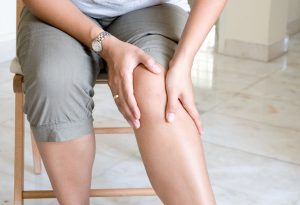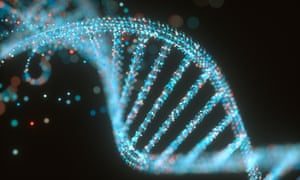
There are several symptoms that are associated with PAD, one of those being changes in the skin on your legs. But how do you know what to look for?
With PAD, the legs already have poor circulation, so skin changes are simply evidence of that poor circulation. In the beginning, the compromised circulation can cause the skin to become leathery, itchy, red skin is common. Additional problems can occur as well, such as sores and ulcers.
In the early stages of PAD, toenail growth may slow down significantly, and your skin may become more dry and itchy. This is when you may notice that your skin feels cool to the touch. As progression occurs, leg hair may stop growing completely, your skin may become thicker, shinier, and have a red or purple tint, and they may swell more often. After an increase in swelling, wounds may appear, and not completely heal, leading to those open ulcerations.
If you’ve noticed any or multiple of these changes in the skin on your legs, please book a consultation today. We would love to help you!

